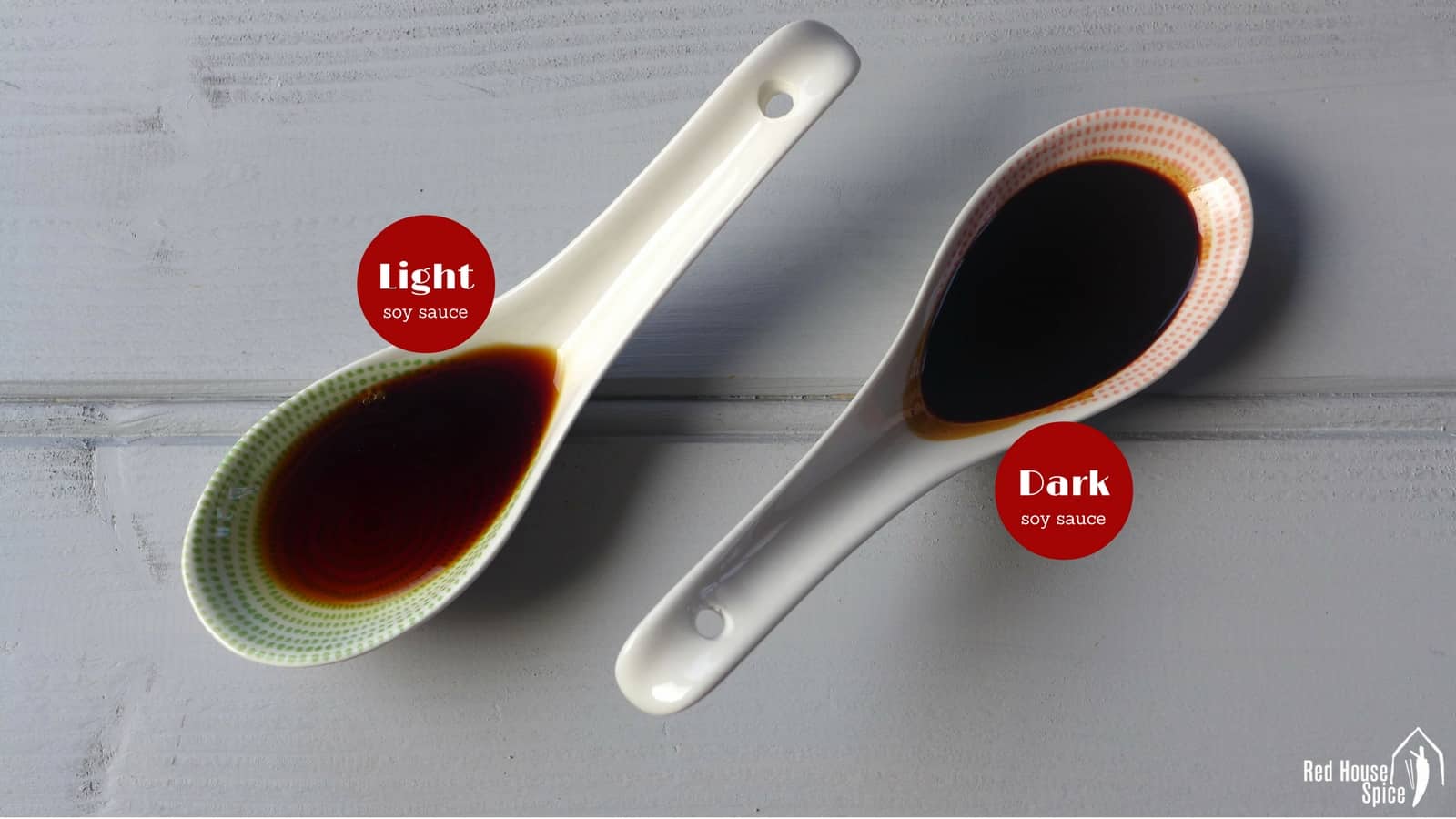Soy sauce is a staple ingredient in many Asian cuisines and is used as a condiment, marinade, and seasoning. There are two main types of soy sauce: light and dark. While both types are made from soybeans and wheat, the differences in the brewing process and ingredients used result in distinct flavor profiles and uses. In this article, we will explore the differences between light and dark soy sauce.
Ingredients and Brewing Process:
Light soy sauce is made from equal parts of soybeans and wheat and is brewed for a shorter time than dark soy sauce, usually around 6 months. The resulting liquid is light in color and has a thin, runny consistency. The brewing process also involves a higher proportion of salt, which results in a salty and slightly sweet flavor.
Dark soy sauce, on the other hand, is brewed for a longer period, typically around 1 year or more. The soybean and wheat mixture is cooked for a longer time, resulting in a darker color and thicker consistency. It also contains caramel coloring and molasses, giving it a sweet and slightly smoky flavor.
Flavor and Uses:
The differences in the brewing process and ingredients used result in distinct flavors and uses for light and dark soy sauce.
Light soy sauce has a saltier and more delicate flavor, making it ideal for seasoning and marinading meats, vegetables, and seafood. It is also used as a dipping sauce for dim sum and other Asian dishes. Its light color makes it an excellent choice for dishes where the color of the food is important.
Dark soy sauce has a richer and more complex flavor, making it perfect for braising, stewing, and adding depth to stir-fries. Its thicker consistency and dark color make it an ideal choice for dishes where a deep color is desired, such as in fried rice, noodle dishes, and stews.
Conclusion:
In summary, light and dark soy sauce are both essential ingredients in Asian cuisine but differ in their brewing process, ingredients, and uses. Light soy sauce has a saltier and more delicate flavor and is used primarily for seasoning and marinading, while dark soy sauce has a richer and more complex flavor and is used for braising and adding depth to stir-fries. Understanding the differences between these two types of soy sauce will help you to choose the right one for your dishes and ensure that you achieve the perfect flavor and texture in your cooking.








